Picture yourself trying to explain how long 16 inches is to a friend. You might wave your hands around or struggle to find the right words.
Most people find it hard to visualize measurements without real objects to compare them with. The good news is that 16-inch objects are everywhere around us. Your kitchen, office, and even your wallet contain items that measure exactly this length.
Learning to spot these everyday 16-inch references will make you a measurement expert in no time.
How Long is 16 Inches?
16 inches sits right between a foot and a foot and a half. To be exact, it equals 1 foot and 4 inches. In the metric system, 16 inches converts to about 40.64 centimeters or roughly 0.41 meters.
Think of 16 inches as a medium-sized measurement. It’s not tiny like a paperclip, but it’s not huge like a dining table either. This length appears in many household items, sports equipment, and office supplies.
Most adults can span about 16 inches when they stretch their hand from thumb to pinky. Your forearm, from elbow to wrist, also measures close to 16 inches for many people. These body measurements make great quick references when you need to estimate this distance.
The measurement shows up in construction, cooking, and crafting too. Many standard building materials use 16-inch spacing. Kitchen appliances often have 16-inch dimensions. Craft projects frequently call for 16-inch cuts or measurements.
Common Objects That Are 16 Inches
Now let’s explore the fascinating world of 16-inch objects hiding in plain sight. These everyday items will become your go-to references for quickly estimating this measurement anywhere you go.
📏 13 Common Objects That Are 16 Inches Long
5 Debit Cards
3.375″ each × 5 = 16″
Medium Pizza
16″ diameter
2 Volleyballs
8″ each × 2 = 16″
4.5 Playing Cards
3.5″ each × 4.5 = 16″
2 Standard Bricks
8″ each × 2 = 16″
3 Capped Pens
~5.3″ each × 3 = 16″
Bowling Pin
15″ tall (close to 16″)
8 Business Cards
2″ width × 8 = 16″
16 Bottle Caps
1″ each × 16 = 16″
Large Laptop Screen
16″ diagonal
4 Compact Phones
4″ each × 4 = 16″
Dinner Plate
16″ diameter
4 Golf Tees
4″ each × 4 = 16″
💡 Pro Tip: Choose 2-3 objects you see daily as your go-to 16-inch references!
1. Five Debit Cards
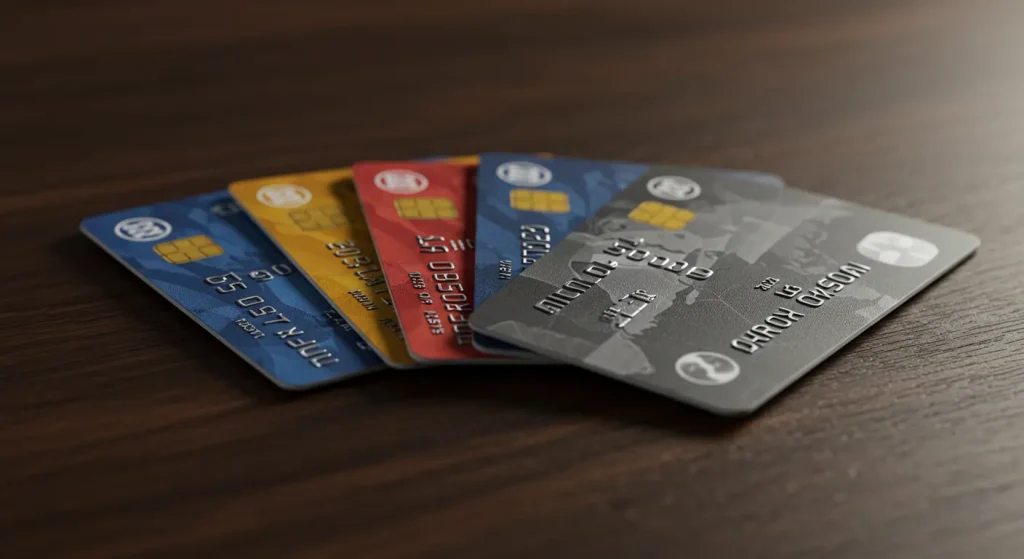
Stack five standard debit cards end to end, and you’ll measure exactly 16 inches. Each debit card measures 3.375 inches in length, making this calculation work out perfectly. Banks worldwide follow this standardized size, known as the ISO/IEC 7810 ID-1 format.
This uniform sizing helps ATM machines and card readers function consistently across different countries and institutions.
Credit cards, driver’s licenses, and most identification cards share these same dimensions. The plastic material and precise manufacturing ensure each card maintains its exact measurements over time.
Next time you’re at a store or restaurant, try this measurement trick. Place five cards in a straight line on a table.
You’ll see exactly how 16 inches appears in a familiar context. This method works great for estimating distances when you don’t have a ruler nearby.
2. A Medium Pizza
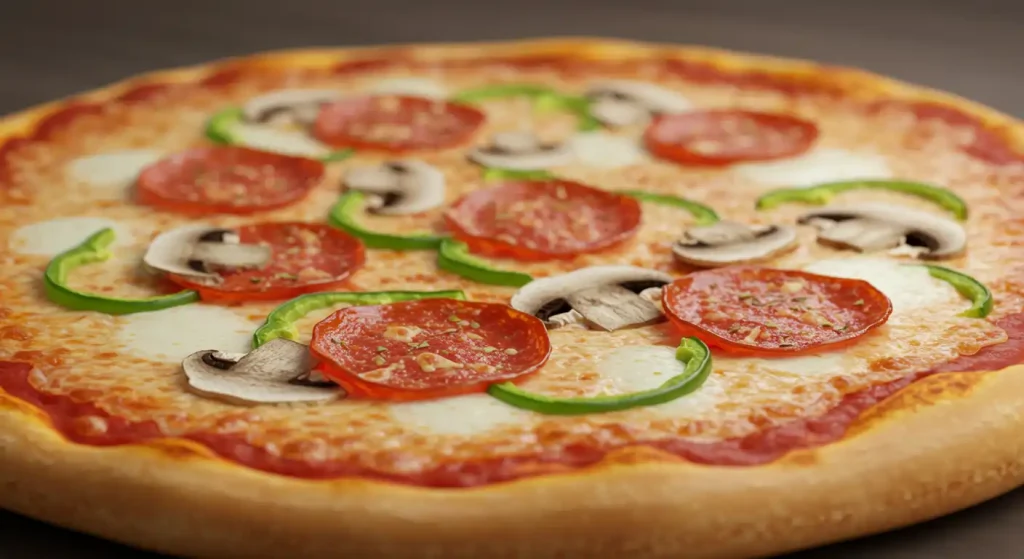
Most pizza restaurants serve medium pizzas with 16-inch diameters. This size feeds about three to four people comfortably. The 16-inch measurement refers to the distance straight across the pizza at its widest point.
Medium pizzas strike the perfect balance between individual and family sizes. They offer enough variety for different toppings while remaining manageable for most ovens.
Restaurant chains like Domino’s, Pizza Hut, and local pizzerias commonly use this standard sizing.The circular shape means you’re measuring from one edge to the opposite edge through the center.
This diameter measurement helps pizzerias calculate cooking times and ingredient portions accurately. Understanding this size helps you order the right amount of food for your group.
3. Two Volleyballs
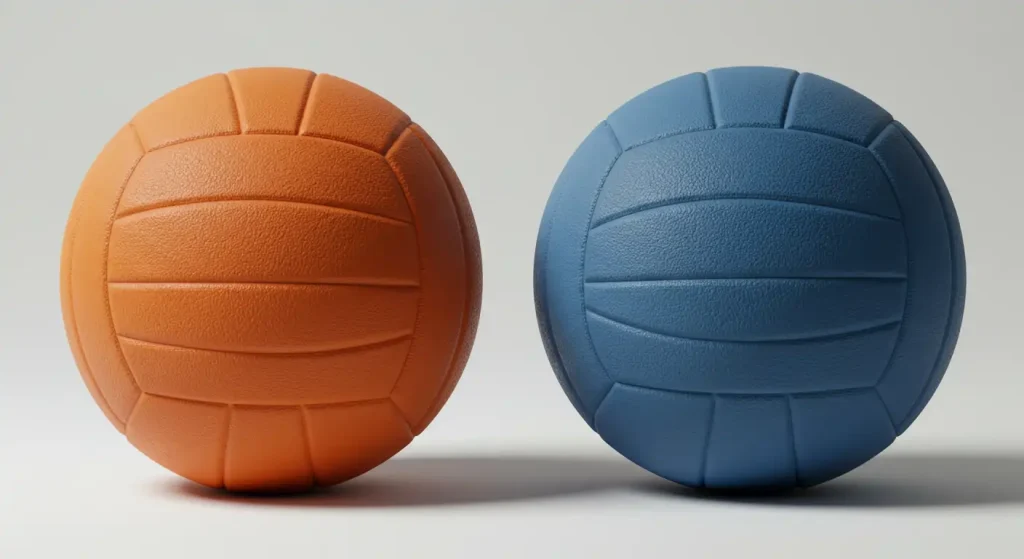
Place two regulation volleyballs side by side, and they’ll span approximately 16 inches. Each volleyball measures about 8 inches in diameter according to official sports regulations. The Fédération Internationale de Volleyball sets these standards for professional play.
Volleyball size remains consistent whether you’re playing beach volleyball or indoor court games. The circumference measures between 25.6 and 26.4 inches, while the diameter stays around 8 inches. This standardization ensures fair play across all levels of competition.
Sports equipment manufacturers must meet these precise specifications for official games. The consistent sizing helps players develop muscle memory and accurate serving techniques. Two volleyballs together provide an excellent visual reference for the 16-inch measurement.
4. Four and a Half Standard Playing Cards
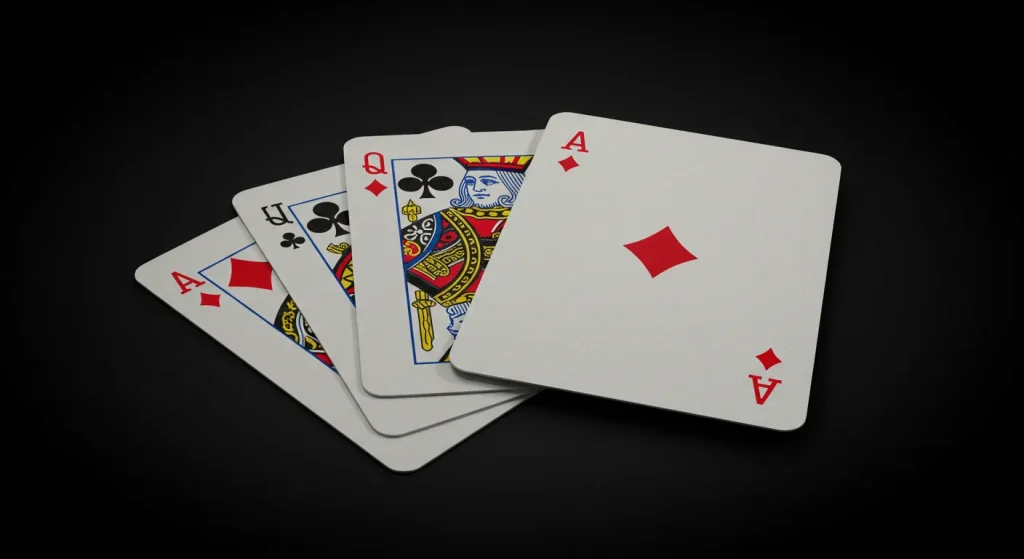
Standard playing cards measure 3.5 inches in length each. When you place four and a half cards end to end, you get exactly 16 inches. This calculation works with any deck of playing cards, whether they’re for poker, bridge, or other card games.
The United States Playing Card Company established these dimensions decades ago, and most manufacturers follow these standards today.
Card games rely on consistent sizing for shuffling, dealing, and handling during play. The precise measurements also help with storage in card cases and boxes.
Professional dealers and serious card players appreciate this standardization. It allows them to perform consistent shuffles and cuts regardless of the card brand. The uniform sizing also makes it easier to detect marked or altered cards during games.
READ : 11 Common Things That are 15 Inches Long
5. Two Standard Bricks
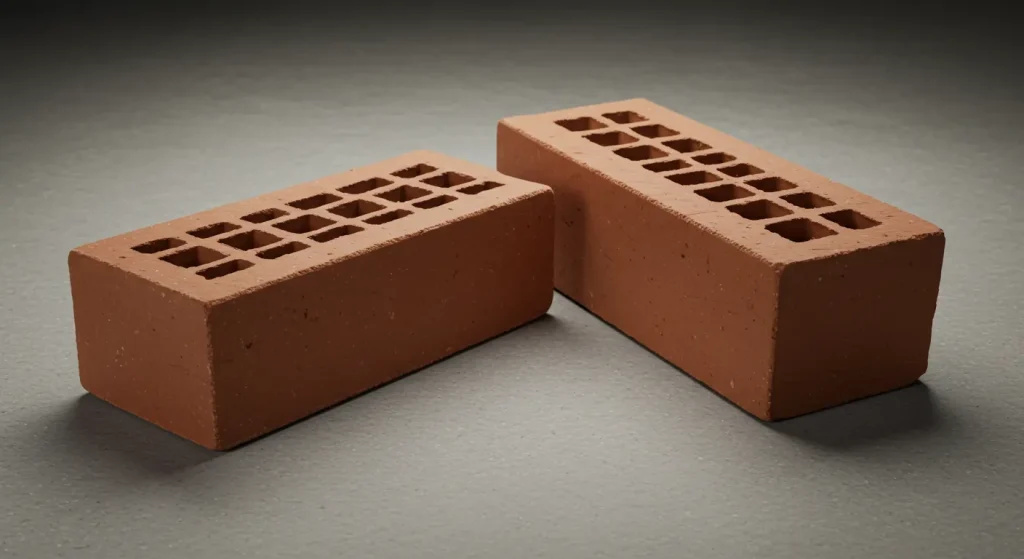
Construction workers know that two standard bricks placed end to end measure very close to 16 inches. Each brick typically measures 8 inches in length, making this calculation straightforward. Building codes and construction standards maintain these dimensions across the industry.
Brick manufacturing follows strict guidelines to ensure consistent sizing. The standard modular brick size helps architects and contractors plan buildings accurately. These measurements work with mortar joints to create even rows and sturdy walls.
Masonry work relies heavily on these precise dimensions. Bricklayers can estimate materials and plan layouts using these standard measurements.
The 16-inch span of two bricks appears frequently in construction drawings and building specifications.
6. Three Capped Pens
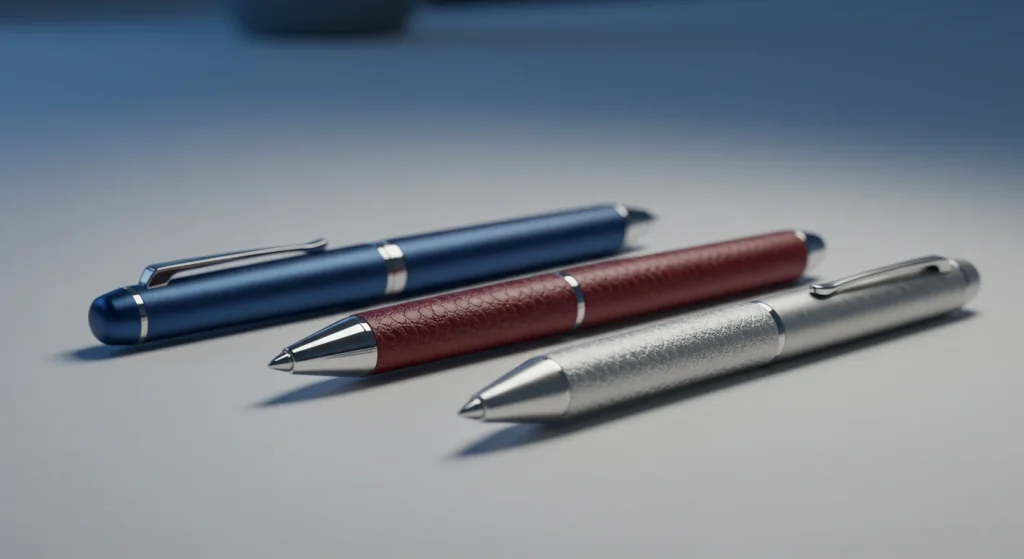
Line up three typical ballpoint pens with their caps on, and you’ll measure approximately 16 inches. Most standard pens range from 5.3 to 5.5 inches in length when capped. This slight variation still keeps three pens very close to the 16-inch mark.
Pen manufacturers design writing instruments to fit comfortably in hands and pockets. The standardized length works well for most people’s grip and writing style.
Office supply companies stock pens in these common sizes for consistency across different brands.
The measurement includes the cap, which adds about an inch to the total length. Without caps, you’d need slightly more than three pens to reach 16 inches. This demonstrates how small design elements can affect overall measurements in practical applications.
7. Bowling Pin
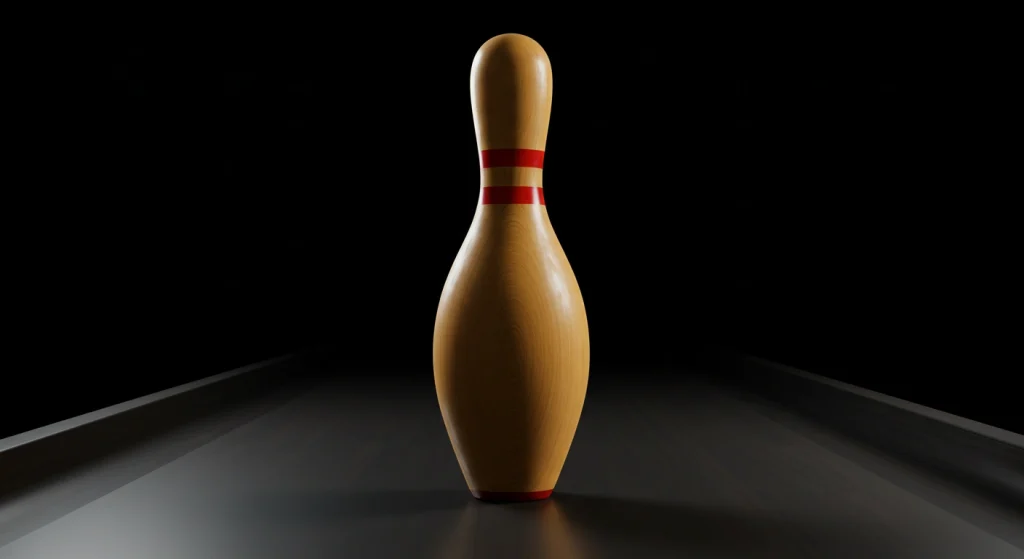
A regulation bowling pin stands exactly 15 inches tall, making it very close to our 16-inch target. The American Bowling Congress established these specifications for professional and recreational bowling. The slight difference of one inch keeps bowling pins in the same general size category.
Bowling alleys worldwide use pins manufactured to these exact specifications. The wooden construction and precise shaping ensure consistent pin action during games.
The weight and dimensions work together to create the sport’s characteristic pin scatter patterns.
Professional bowlers train with equipment meeting these exact standards. The consistent sizing helps them develop accurate aim and ball control.
Understanding pin dimensions also helps in selecting proper bowling balls and developing effective playing strategies.
8. Eight Business Cards

Standard business cards measure 2 inches in width. When you place eight cards side by side along their width, they span exactly 16 inches. This calculation works with business cards from any industry or country that follows international standards.
Printing companies use these dimensions because they fit efficiently on standard paper sizes. The 2-inch by 3.5-inch format maximizes the use of printing materials while remaining pocket-friendly. Networking events and professional meetings rely on this consistent sizing.
Business card holders, wallets, and organizers are designed around these standard measurements. The uniform sizing makes it easier to store and sort cards from different companies and individuals. This standardization has remained consistent for decades across the business world.
9. Sixteen Bottle Caps

Standard bottle caps from soda bottles or beer bottles measure exactly 1 inch in diameter. Line up 16 bottle caps in a straight row, and you’ll have a perfect 16-inch measurement. This works with caps from Coca-Cola, Pepsi, beer bottles, and most other beverage containers.
Beverage companies follow strict manufacturing standards for bottle caps. The consistent sizing ensures proper sealing.
It also helps with compatibility with bottling equipment. Quality control measures maintain these precise dimensions. This happens across millions of bottles produced daily.
Recycling centers use these measurements for sorting and organizing. Bottle cap collectors also rely on this standard sizing.
The uniform sizing makes it easier to process large quantities of caps efficiently. Craft projects and educational activities use the predictable 1-inch diameter. This helps with planning and design work.
10. Large Laptop Screen

Most large laptops feature 16-inch screens measured diagonally from corner to corner. This size has become increasingly popular for professional work.
Gaming applications also benefit from this screen size. Companies like Apple, Dell, and HP now commonly offer 16-inch models. These appear in their premium lineups.
The diagonal measurement creates the perfect balance between screen real estate and overall portability. Users get significantly more workspace than smaller laptops.
They don’t sacrifice too much mobility either. The 16-inch format works particularly well for multitasking. Professional applications also run smoothly on this size.
Professional designers gravitate toward this screen size for their demanding work. Video editors also prefer these larger displays.
The extra display area provides enough room for complex software interfaces. Detailed editing work becomes much easier. Students find 16-inch laptops ideal for research projects. Writing assignments that require multiple windows work perfectly on these screens.
READ MORE: 13 Common Things That Measure 11 Inches
11. Four Smartphones Stacked End-to-End
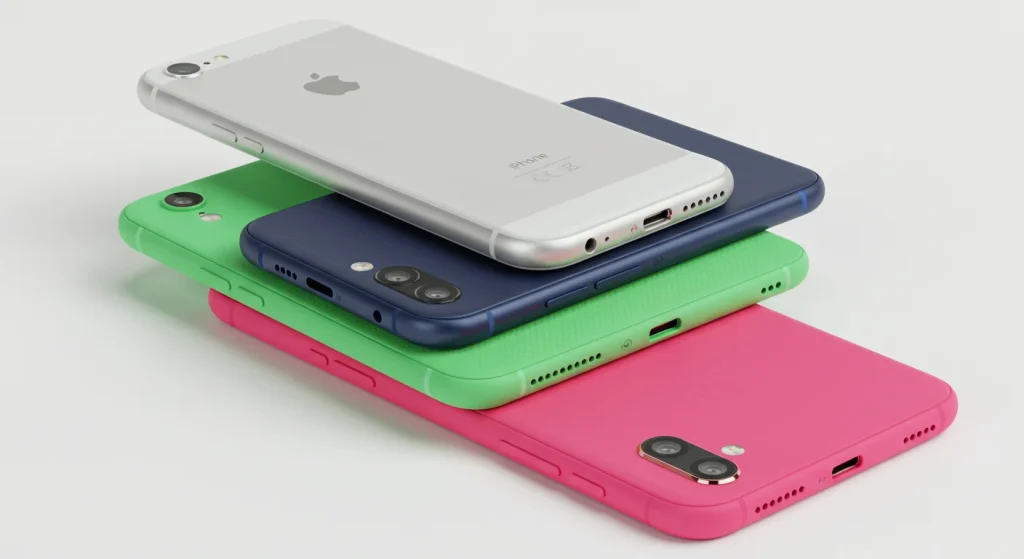
Most modern smartphones measure about 6 inches in length. However, compact models tell a different story. Stack four compact phones end-to-end and you get exactly 16 inches.
Older smartphone models maintain the smaller 4-inch length specification. Many budget phones also use this size.
Earlier iPhone generations measured exactly 4 inches from top to bottom. Many basic Android phones still use these compact dimensions today.
Entry-level smartphones also maintain this sizing. These smaller phones remain popular in certain markets. They appeal to users with specific preferences.
Phone manufacturers continue producing smaller models. These work better for users who prefer one-handed operation.
These compact phones fit more comfortably in small pockets. They also work well in purses. Four of these phones lined up side by side demonstrate the 16-inch measurement. The accuracy is perfect.
12. Standard Dinner Plate
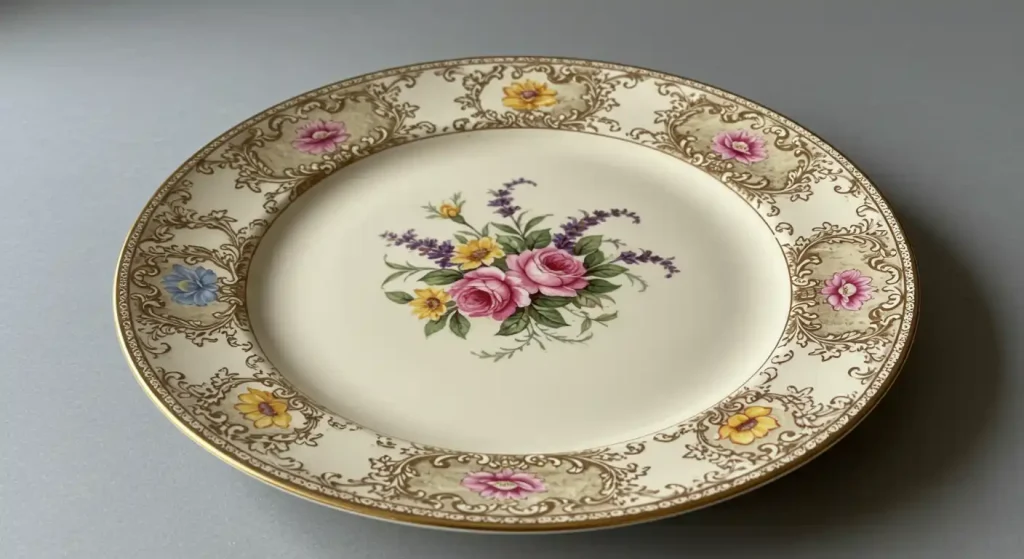
Restaurant dinner plates often measure exactly 16 inches in diameter. This size creates impressive food presentation.
Large serving platters commonly use this generous sizing. Special occasion dinnerware also features this measurement. Fine dining establishments prefer these oversized plates. They use them for creating artistic food arrangements.
The extra space allows chefs to showcase their culinary creations. Proper visual spacing becomes possible with larger plates.
Home entertaining also benefits from these larger dinner plates. Holiday meals look more impressive on bigger plates. Dinner parties feel more special with oversized dinnerware. The generous surface area accommodates elaborate garnishes. Multiple food items fit without crowding.
Ceramic and porcelain manufacturers produce 16-inch plates specifically for special occasions. Professional use also drives demand for this size. These plates work exceptionally well for buffet-style serving.
Family-style meals benefit from the extra space. The substantial size makes every dining experience feel more luxurious. Well-presented meals become easier to achieve.
ALSO READ: How Long is 3 Inches Visually?
13. Four Golf Tees
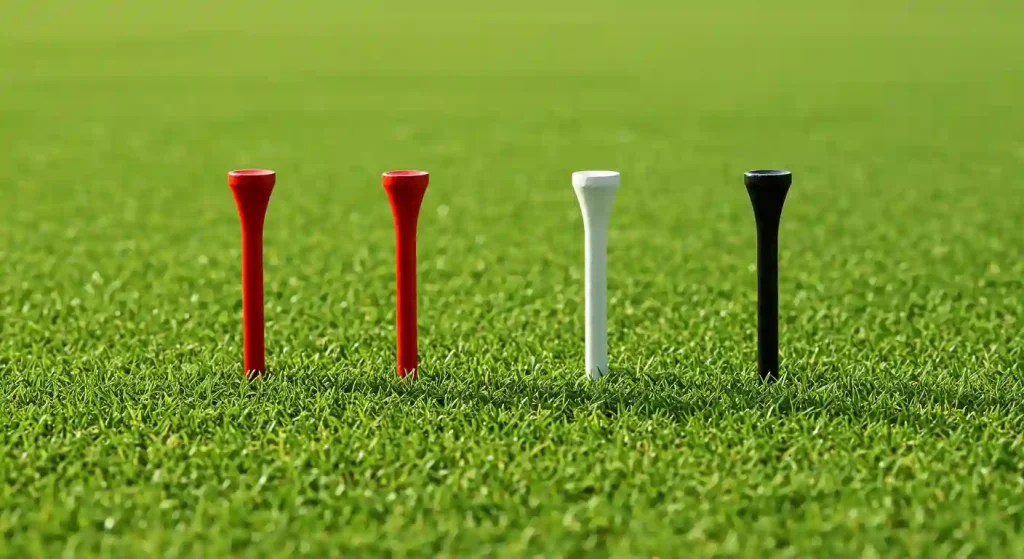
Standard wooden golf tees measure approximately 4 inches in length from tip to base. Line up four regulation tees end-to-end for a perfect 16-inch measurement.
Professional golfers use these exact specifications during tournament play. Practice sessions also require regulation-sized tees.
Golf equipment manufacturers maintain strict dimensional standards. This applies across different brands and materials. The 4-inch length works optimally for most golf shots. Various club types also work well with this standard size. Driving ranges stock tees in this standardized size for consistency. Golf courses also maintain this standard.
Golf instructors frequently use tees for measuring distances. Teaching proper positioning techniques becomes easier with standard tees.
The uniform sizing helps students learn correct ball placement. Swing mechanics improve with consistent tee heights. Four tees together provide an excellent portable reference. Estimating the 16-inch distance becomes simple on any golf course.
Tips for Remembering 16-Inch References
Pick two or three objects from this list that you see most often. Focus on memorizing those specific references rather than trying to remember all thirteen. Most people find it easier to remember objects they interact with daily.
Practice visualizing these measurements in different settings. Look around your home, office, or school and identify objects that might be 16 inches long. This mental exercise strengthens your ability to estimate measurements quickly.
Use your body as a backup reference. For many adults, the distance from elbow to wrist is close to 16 inches. Your hand span from thumb to pinky might also approximate this measurement. These body references work when you don’t have objects to compare.
Combine multiple smaller objects to reach 16 inches. Four 4-inch objects, eight 2-inch objects, or sixteen 1-inch objects all work. This flexibility helps when you only have certain items available for measurement.
Frequently Asked Questions
Q: Is 16 inches exactly the same as 1 foot and 4 inches?
A: Yes, 16 inches equals exactly 1 foot and 4 inches. Since one foot contains 12 inches, adding 4 more inches gives you 16 inches total.
Q: How do I convert 16 inches to centimeters?
A: Multiply 16 by 2.54 to get 40.64 centimeters. Each inch equals 2.54 centimeters, so 16 inches × 2.54 = 40.64 cm.
Q: Are these object measurements exact?
A: Most measurements are very close approximations. Manufacturing tolerances, wear, and different brands can cause slight variations. These references work best for quick estimates rather than precise measurements.
Q: Can I use these references for other measurements?
A: Absolutely! Once you know what 16 inches looks like, you can estimate 8 inches (half the distance), 32 inches (double the distance), or other related measurements.
Q: Why is 16 inches important in construction?
A: Building codes often specify 16-inch spacing for wall studs, floor joists, and roof rafters. This spacing provides good structural support while keeping material costs reasonable.
Conclusion
Sixteen inches appears in countless everyday objects around us. From pizza boxes to smartphones, from bowling pins to dinner plates, this measurement is more common than you might think. Learning to recognize 16 inches through familiar objects makes estimation much easier.
The key is choosing a few reference objects that you see regularly. Whether it’s five debit cards, two volleyballs, or four smartphones, pick the comparisons that work best for your lifestyle. With practice, you’ll be able to estimate 16 inches quickly and accurately.
These visual references prove invaluable in shopping, home projects, cooking, and many other activities. Instead of always reaching for a measuring tape, you can use the objects around you to make quick, reliable estimates. This skill saves time and makes everyday tasks more efficient.
Remember that exact precision isn’t always necessary. These everyday objects provide excellent approximations that work perfectly for most practical situations. The small variations between objects don’t matter when you’re estimating space, planning purchases, or visualizing dimensions.